Physical Address
304 North Cardinal St.
Dorchester Center, MA 02124
Physical Address
304 North Cardinal St.
Dorchester Center, MA 02124
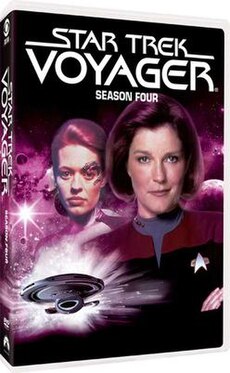
Star Trek: Voyager Season 4 marks a pivotal chapter in the beloved science fiction franchise, introducing new characters and thrilling storylines that captivated fans. This season explores the ongoing journey of the USS Voyager as it navigates the Delta Quadrant, facing unique challenges and forging unexpected alliances. With a talented ensemble cast, Season 4 delivers memorable episodes featuring intense drama and groundbreaking science fiction concepts. In this article, we examine the cast and highlight some of the most significant episodes of Season 4, while also tracing connections to The Next Generation and providing context through Voyager’s third, fifth, and seventh seasons.
Season 4 of Star Trek: Voyager is a pivotal chapter in the series, introducing the fascinating character Seven of Nine, a former Borg drone who begins her journey toward reclaiming her humanity. This season explores the complex dynamics between Seven, Captain Janeway, and the rest of the crew as they navigate trust and cooperation in the vast Delta Quadrant. Seven’s struggle to balance her Borg past with her emerging individuality adds a fresh emotional depth to the show.
The season also features memorable storylines like the “Day of Honor,” where B’Elanna Torres faces personal and cultural challenges, and intense conflicts involving the Borg and Species 8472. Meanwhile, Paris and Neelix bring aboard Arturis, an alien with knowledge of thousands of languages, who helps decode a Starfleet message that could be key to Voyager’s journey home. Throughout, the crew faces moral dilemmas, battles, and moments of personal growth, all while trying to maintain hope and unity far from home. Season 4 blends action, character development, and sci-fi intrigue, making it a standout part of the Voyager saga.
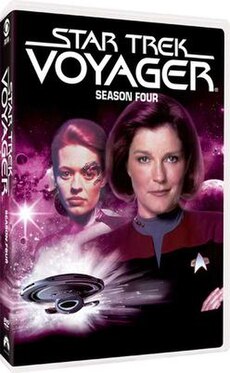
The fourth season of Star Trek: Voyager features a strong and memorable main cast that really brings the series to life. At the helm is Kate Mulgrew as Captain Kathryn Janeway, the determined and resourceful leader of the USS Voyager. Alongside her is Robert Beltran playing Chakotay, the first officer with a complex past as a former Maquis member. Roxann Dawson shines as B’Elanna Torres, the fiery chief engineer who also shares that Maquis background. Robert Duncan McNeill plays Tom Paris, the skilled pilot and conn officer, while Garrett Wang portrays the earnest operations officer, Ensign Harry Kim.
The medical team includes Jennifer Lien as Kes, the empathic nurse and medical apprentice, and Robert Picardo as The Doctor, the ship’s holographic chief medical officer who grows into a fan favorite. Tim Russ plays Tuvok, the calm and logical chief of security. Season 4 also prominently features Jeri Ryan as Seven of Nine, a former Borg drone whose character adds depth and intrigue to the crew. Ethan Phillips rounds out the main cast as Neelix, the ship’s chef and morale officer, bringing warmth and humor to the journey through the Delta Quadrant.
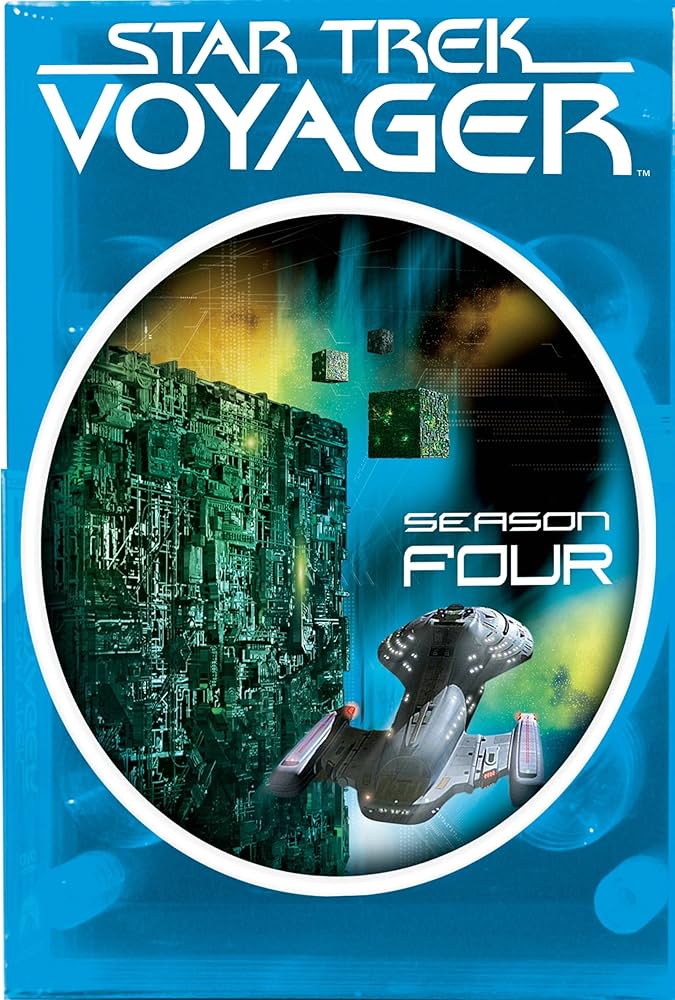
Season 4 of Star Trek: Voyager is often regarded as one of the series’ best, featuring a mix of intense story arcs and memorable standalone episodes. It kicks off with the thrilling two-part Scorpion, where Voyager faces the deadly Borg-Undine alliance, setting a darker, more complex tone for the season. Throughout the season, the show explores deep character moments, especially with Seven of Nine’s ongoing adjustment to life off the Borg Collective, highlighted in episodes like The Raven and One, where she faces isolation and trauma.
The season balances heavy drama with inventive sci-fi concepts, such as in Year of Hell, where Voyager battles a time-manipulating enemy, and Living Witness, which offers a fascinating look at how history can be distorted. There are also lighter, engaging episodes like Revulsion, featuring a dangerous hologram, and Day of Honor, focusing on B’Elanna Torres embracing her Klingon heritage. Season 4 also marks the departure of Kes, which was a significant shift for the crew dynamic. Overall, this season blends action, emotion, and thought-provoking themes, making it a standout in the Voyager saga.

Season 4, Episode 4 of Star Trek: Voyager, titled “Nemesis,” is a gripping episode that centers on Commander Chakotay after his shuttle crashes on a war-torn planet. Stranded and unable to contact Voyager due to a mysterious enemy known as The Beast blocking communications, Chakotay finds himself caught in the middle of a brutal conflict between two factions, the Vori and the Kradin. As he struggles to survive and navigate this dangerous environment, Chakotay learns more about the war and the people involved, even receiving a fallen soldier’s uniform to blend in better. Meanwhile, back on Voyager, Captain Janeway contacts an ambassador who confirms Chakotay’s crash but cannot divert resources from the ongoing war to rescue him, adding tension to the rescue efforts. This episode stands out for its intense survival story and exploration of Chakotay’s leadership and resilience under pressure, offering a compelling mix of action and character development within the broader Voyager narrative.
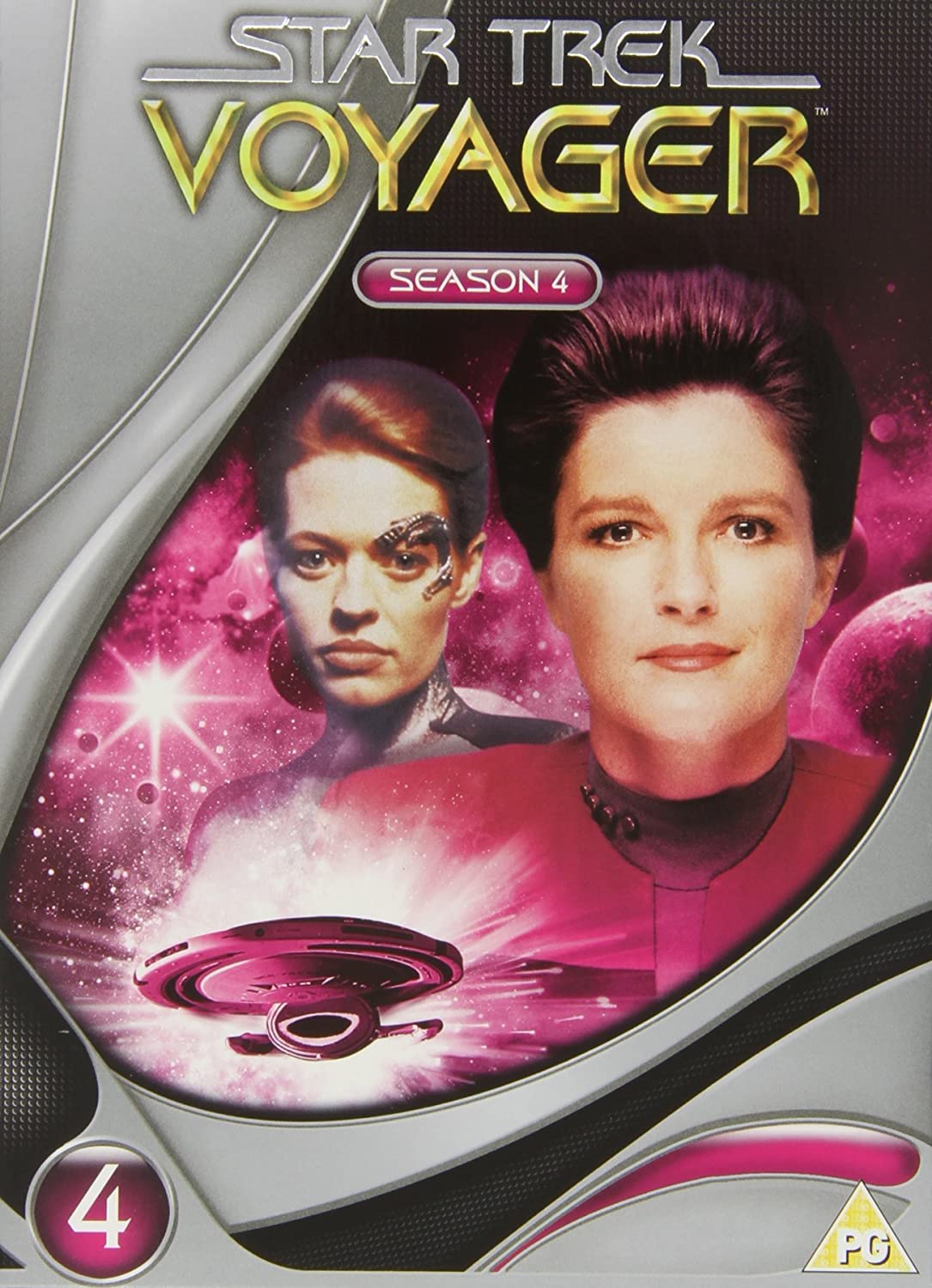
In Star Trek: Voyager Season 4, Episode 14, titled “Message in a Bottle,” the crew discovers an ancient alien communications relay that can reach all the way to the Alpha Quadrant. They seize this chance to send the Doctor, their holographic medical officer, through the relay to the Federation for help. However, things get intense when the Doctor arrives aboard the experimental Federation starship USS Prometheus, only to find it has been hijacked by Romulans. The episode shines with a mix of action, suspense, and humor, especially through the Doctor’s interactions with the ship’s EMH-2, another holographic doctor. Jeri Ryan’s character, Seven of Nine, also plays a crucial role by figuring out how to use the relay and pushing the crew to act quickly. The Prometheus itself is a highlight, showcasing a sleek new starship design that adds excitement to the story. While the episode balances thrilling space battles with witty character moments, it also explores themes of courage and loyalty, particularly through the Doctor’s clever maneuvers to outsmart the Romulans and contact Starfleet.
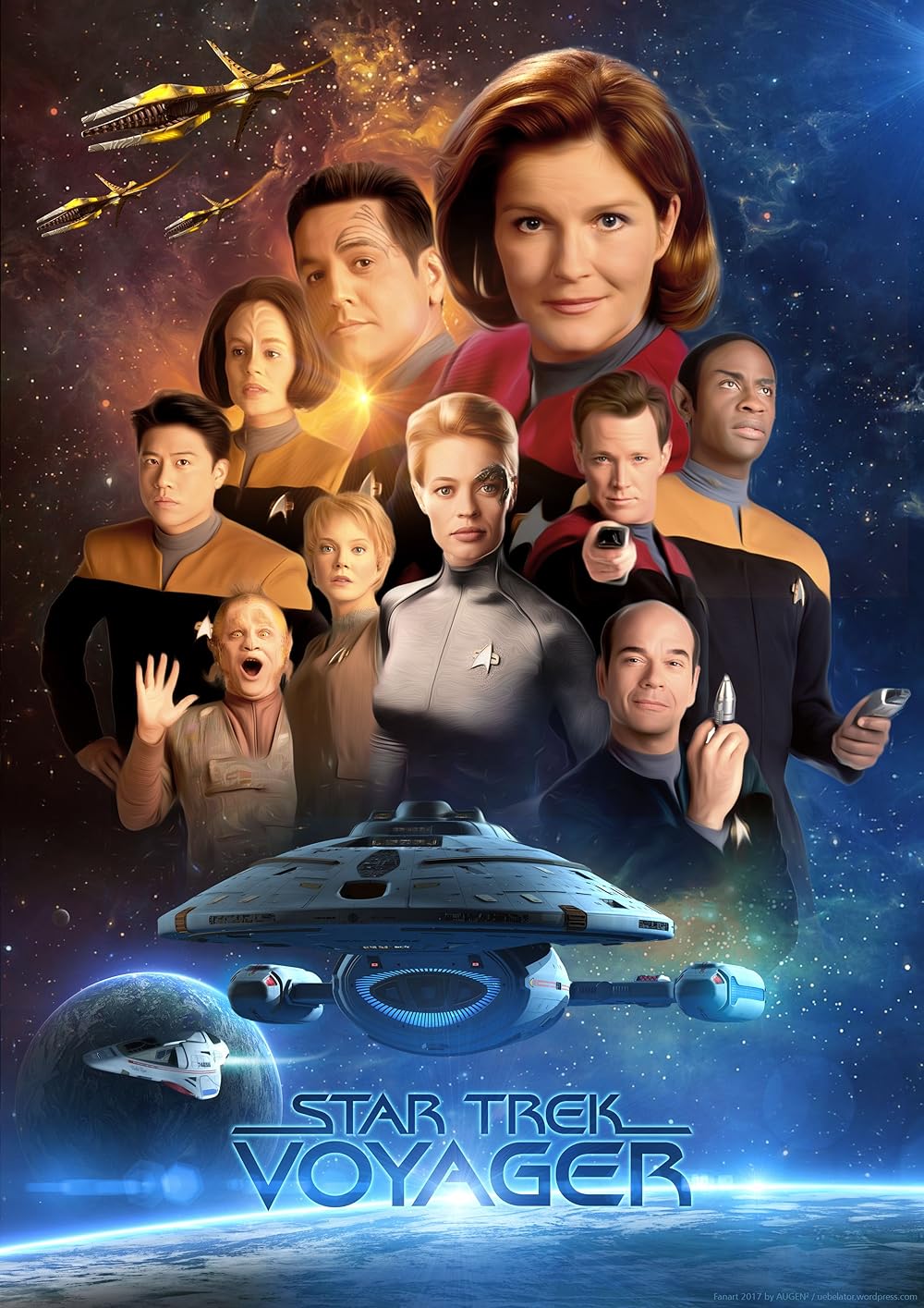
The final episode of Star Trek: Voyager Season 4, titled “Hope and Fear,” is a thrilling mix of hope and suspicion. The crew receives a mysterious, partially damaged message from Starfleet, decoded with the help of an alien named Arturis, who is skilled in languages. This message points them to the Dauntless, an unmanned Starfleet ship equipped with a revolutionary quantum slipstream drive that could get Voyager home much faster than ever before. Naturally, the crew is excited about this sudden chance to return to Earth after their long journey through the Delta Quadrant.
However, Captain Janeway and Seven of Nine grow wary of the situation, sensing something is off. Janeway’s caution proves justified when she discovers the message is a trap. Arturis reveals his true intentions, activating the Dauntless’s engines and forcing Janeway and Seven to confront a dangerous deception. This episode stands out for its mix of hope, tension, and the moral complexities of trust and survival, making it a memorable and suspenseful season finale.
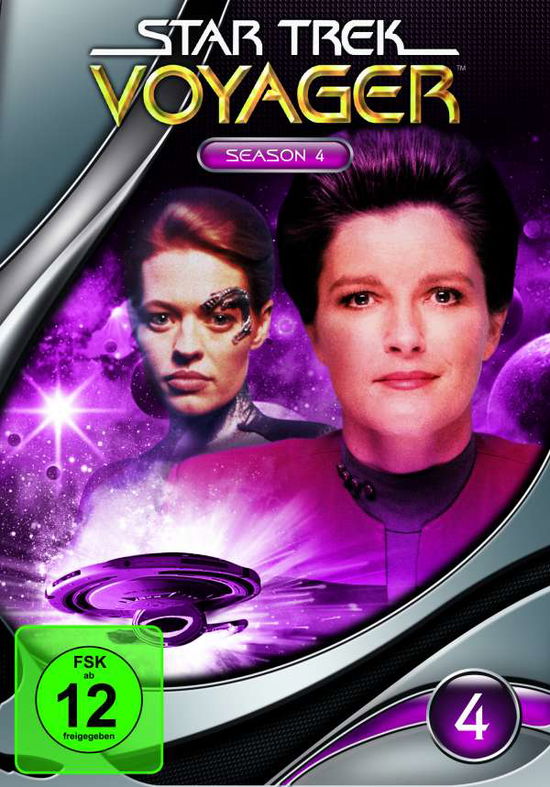
Star Trek: The Next Generation (TNG) is a beloved sci-fi series that aired from 1987 to 1994, spanning seven seasons and 178 episodes. Set about a century after the original Star Trek, it follows Captain Jean-Luc Picard and the crew of the USS Enterprise-D as they explore strange new worlds and seek out new life, continuing Starfleet’s mission to boldly go where no one has gone before. The show is known for blending action, drama, and thoughtful cultural commentary, making it both entertaining and intellectually engaging.
What makes TNG special is its rich cast of characters, each with unique backgrounds and perspectives. Data, an android, offers a fascinating look at humanity, while Deanna Troi’s empathic abilities add emotional depth. Worf, a Klingon, brings insight into alien cultures, and Captain Picard’s leadership is both wise and inspiring. The series explores complex themes like ethics, diplomacy, and identity, often through compelling story arcs involving threats like the Borg and Romulan politics. Overall, TNG remains a classic for its imaginative storytelling and memorable characters that continue to resonate with fans today.
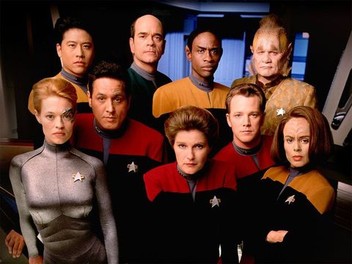
Star Trek: Voyager Season 3, which aired from September 1996 to May 1997, marks a turning point where the crew settles into their long journey through the Delta Quadrant. Unlike earlier seasons, this season doesn’t focus on a single overarching villain but instead explores a variety of new alien species and strange phenomena, truly embracing Star Trek’s core mission of seeking out new life and civilizations. The crew faces challenges ranging from time paradoxes and holodeck adventures to political intrigue and imprisonment, keeping the storytelling fresh and varied.
Neelix, who had been their guide, admits his limitations navigating the mysterious Nekrit Expanse, highlighting how far from home they really are. Episodes like “Coda” offer intense psychological drama, while others like “Future’s End” bring a fun time-travel twist. The holodeck gets plenty of use, providing both entertaining and thought-provoking stories. Overall, Season 3 deepens character relationships and expands the Voyager universe, balancing classic Star Trek themes with new and unexpected adventures as the crew continues their epic quest to return home.
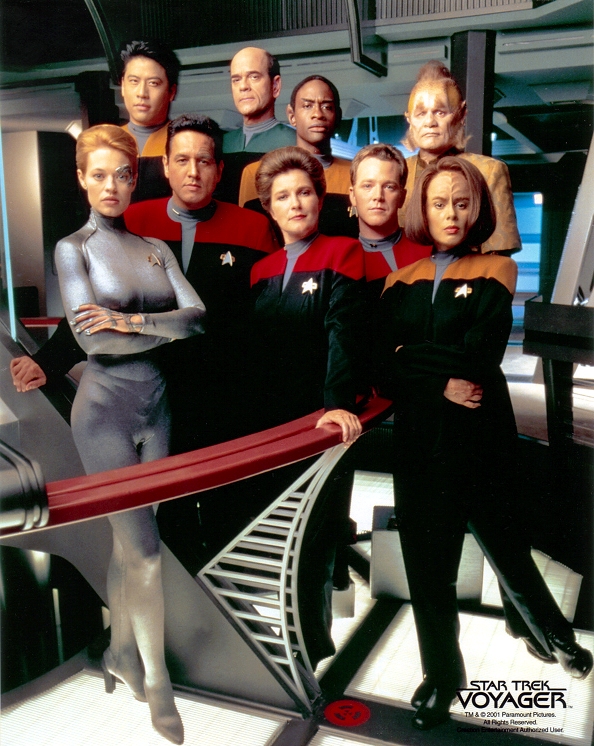
Star Trek: Voyager Season 5 is a dynamic chapter in the series where the crew makes significant progress toward Earth, thanks to exciting developments like the quantum slipstream drive and a stolen Borg transwarp conduit. This season aired from October 1998 to May 1999 and features a mix of thrilling space adventures and deeper character moments. The crew faces new and old foes, including the environmentally troubled Malons and the ever-menacing Borg, while also encountering Species 8472, with whom they eventually find a fragile peace.
The season stands out for revisiting past storylines and exploring the emotional toll of their journey. Captain Janeway and B’Elanna Torres both confront personal struggles, adding depth to the narrative. Episodes like “Night” and “Extreme Risk” highlight these challenges, while others like “Drone” and the two-part “Dark Frontier” deliver intense Borg action. Additionally, the season offers character-focused stories, such as Naomi Wildman overcoming her fears and becoming Seven of Nine’s protégé. Overall, Season 5 balances action, character growth, and the ongoing quest to get Voyager home, making it a memorable part of the series.
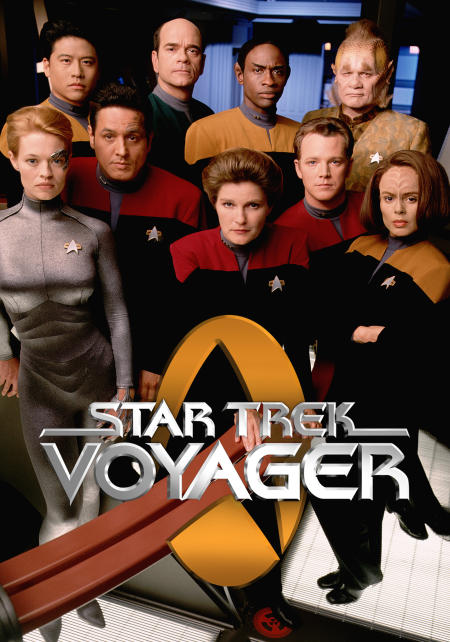
Star Trek: Voyager Season 7 is the final chapter of the series, wrapping up the long journey of the starship Voyager as it continues its trek through the Delta Quadrant. This season features some memorable moments, including the marriage of Tom Paris and B’Elanna Torres and the birth of their daughter, Miral, adding a personal touch to the crew’s story. The season also revisits complex themes with episodes like “Unimatrix Zero,” which delves deeper into the Borg’s struggle for individuality, and “Flesh and Blood,” exploring what it means to be alive through the Hirogen and holographic beings.
The crew faces new challenges and old foes, while also dealing with internal dynamics and the hope of finally getting home. Notably, Neelix decides to leave Voyager to live among his people, marking a heartfelt farewell. The season balances action, character development, and philosophical questions, though some critics felt it didn’t break much new ground. Still, it provides a satisfying conclusion to the seven-year saga, culminating in the series finale “Endgame,” where the crew’s long journey home is finally realized. Overall, Season 7 offers a mix of closure, adventure, and reflection for fans of the show.
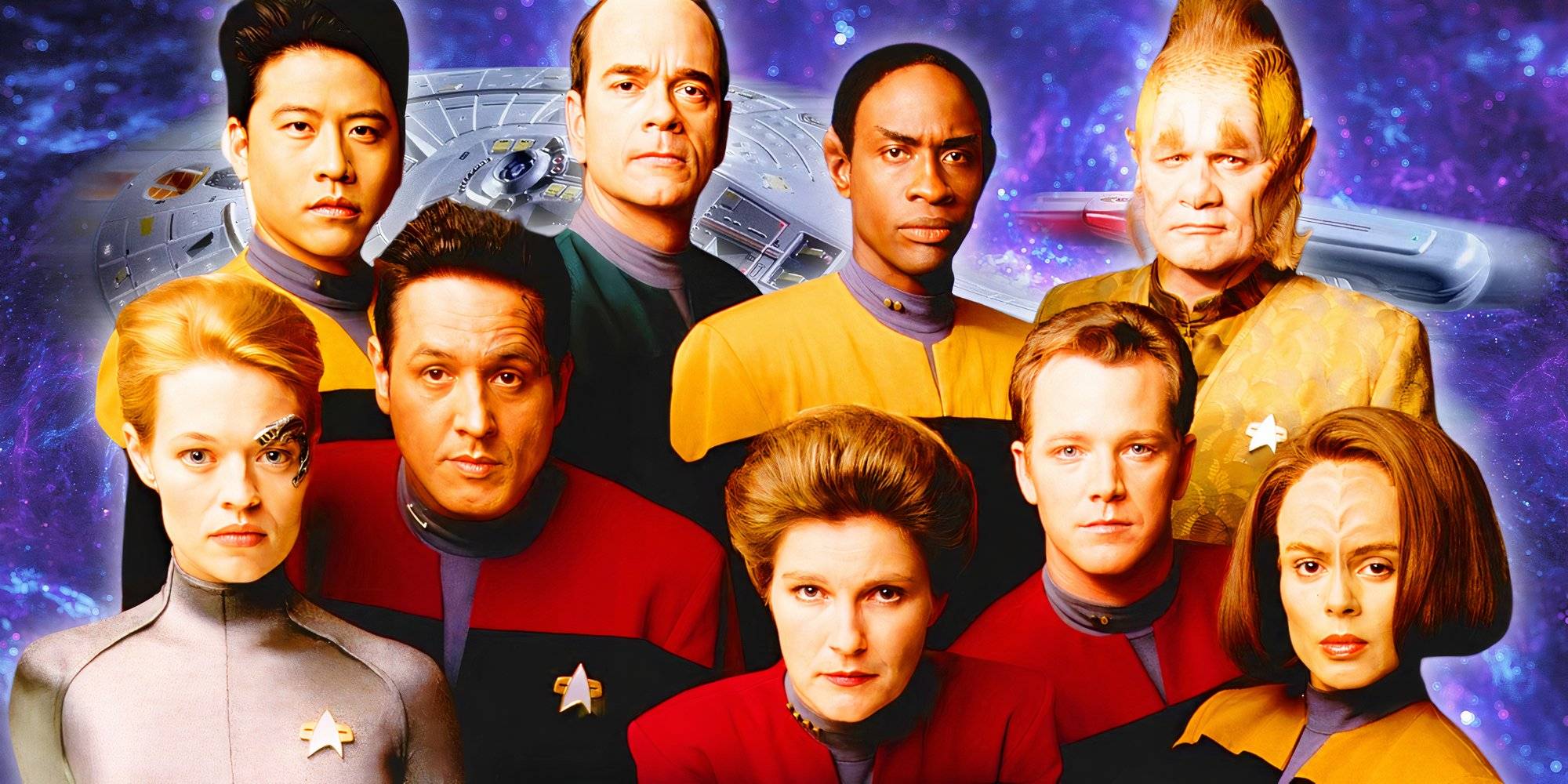
In conclusion, “Star Trek: Voyager” Season 4 marked a pivotal moment in the series, showcasing the evolution of its characters and the bold exploration of new thematic territories. With the introduction of Seven of Nine, the narrative not only deepened its exploration of individuality and humanity but also revitalized the crew’s dynamics as they navigated complex moral dilemmas and interspecies relations. This season successfully captured the essence of the Star Trek franchise, blending adventure with profound philosophical questions, ultimately leaving a lasting legacy that resonated with both fans and newcomers alike. Voyager’s journey continued to inspire audiences, boldly going where no series had gone before.